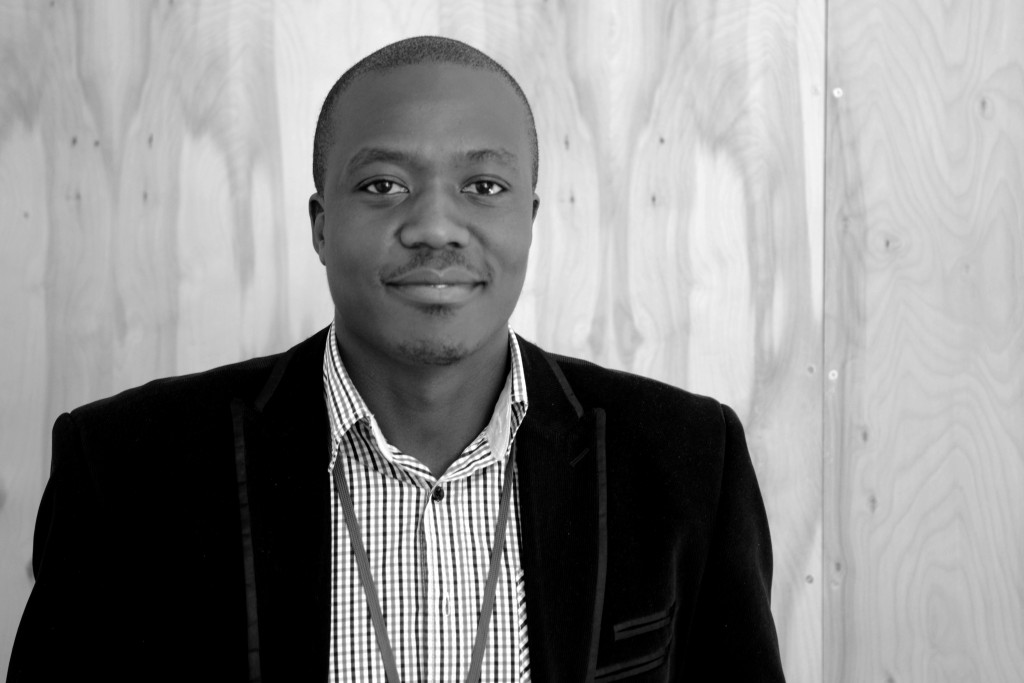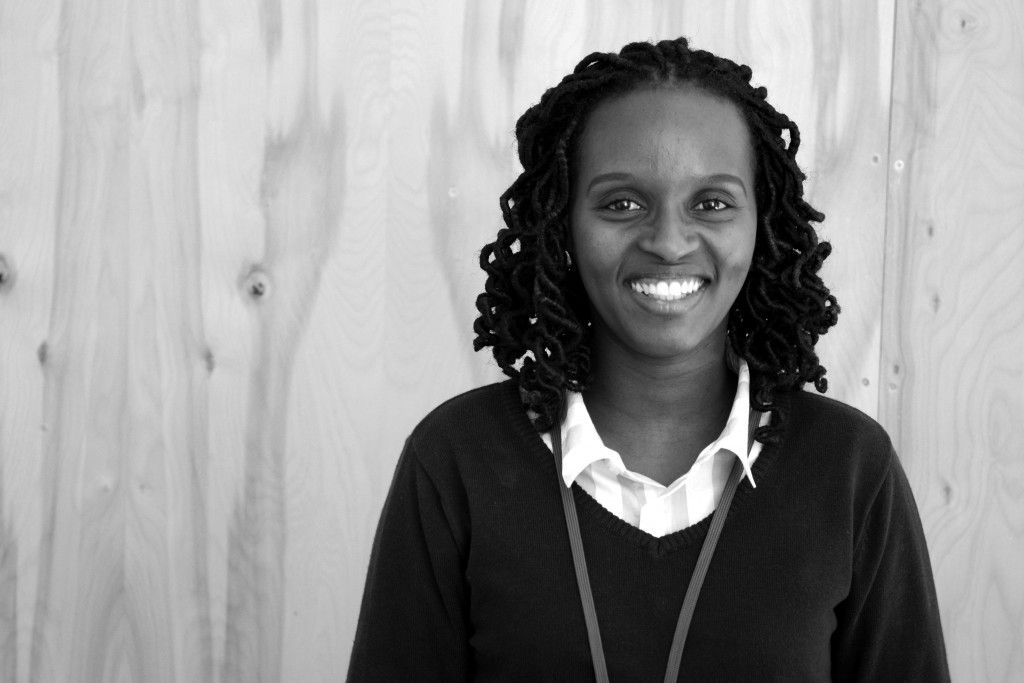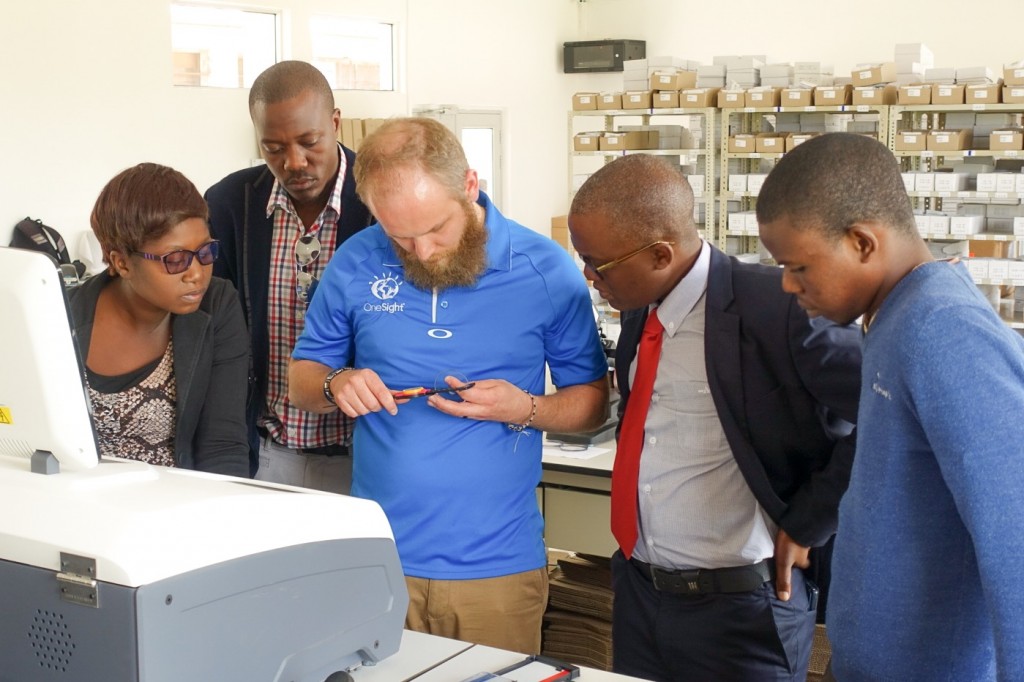In 2013, OneSight debuted its sustainable vision center model to bring permanent access to quality vision care to underserved communities around the world. Today, OneSight has supported the opening of 26 vision centers in the United States, The Gambia, Rwanda, Zambia, China and India, which provide access to over 5 million people worldwide. After opening permanent vision centers in both Rwanda and Zambia, OneSight was ready to partner to initiate local manufacturing as the next step toward building an infrastructure that will support sustainable vision care systems in both countries.
In April, OneSight partnered with the Ministry of Health to open 3 vision centers in Rwanda in addition manufacturing labs in Rwanda and Zambia. “Made in Gambia, Made in Rwanda, and Made in Zambia can now be heard throughout Africa!” Senior Manager of Sustainable Operations, Paul Case exclaims. Additionally, the opening of these manufacturing labs has introduced a new vocation and a number of technical jobs to the economies of Rwanda and Zambia helping to strengthen their overall health care systems.
Jeff Mudenda, the manufacturing lab manager in Zambia, describes the lack of awareness of vision care in his home country. “Our awareness in the past has been pretty bad,” Jeff admits. “Back in my country, vision care has always been associated with people that really have serious problems with their eyes. It is thought to only be necessary for people that are nearly blind, not something that many of us would think of preventatively.”
Maureen Ingabire recently graduated with a degree in Business Administration and now works for OneSight as the manufacturing lab manager in her home country of Rwanda. Access to vision care is a serious problem in Rwanda due to location and affordability. “Before OneSight came in 2015, people from remote villages weren’t able to go for an eye exam. People in the villages had issues with their vision and didn’t know where to go or what to do,” Maureen explains. “When it comes to glasses, many people think they’re only for the rich, for the ones who can afford them. Many don’t know that there is a place where you can get an affordable pair of glasses.”
Building public awareness of the need for vision care is built into the sustainable center model. “I still think there is much to do with creating awareness in Rwanda,” Maureen says. “Some of my colleagues in Rwanda are working to ensure that everyone knows there is a vision center and that they can easily afford a pair of glasses.”
While there is still much to be done to bring sustainable access to vision care around the world, significant strides have been made in Rwanda and Zambia. The new manufacturing labs in Rwanda and Zambia are currently supporting a combined total of 10 vision centers and are slated to support 4 more by the end of May. This work will ultimately contribute to OneSight’s goal to provide access to 10 million people around the world by the end of 2017.



